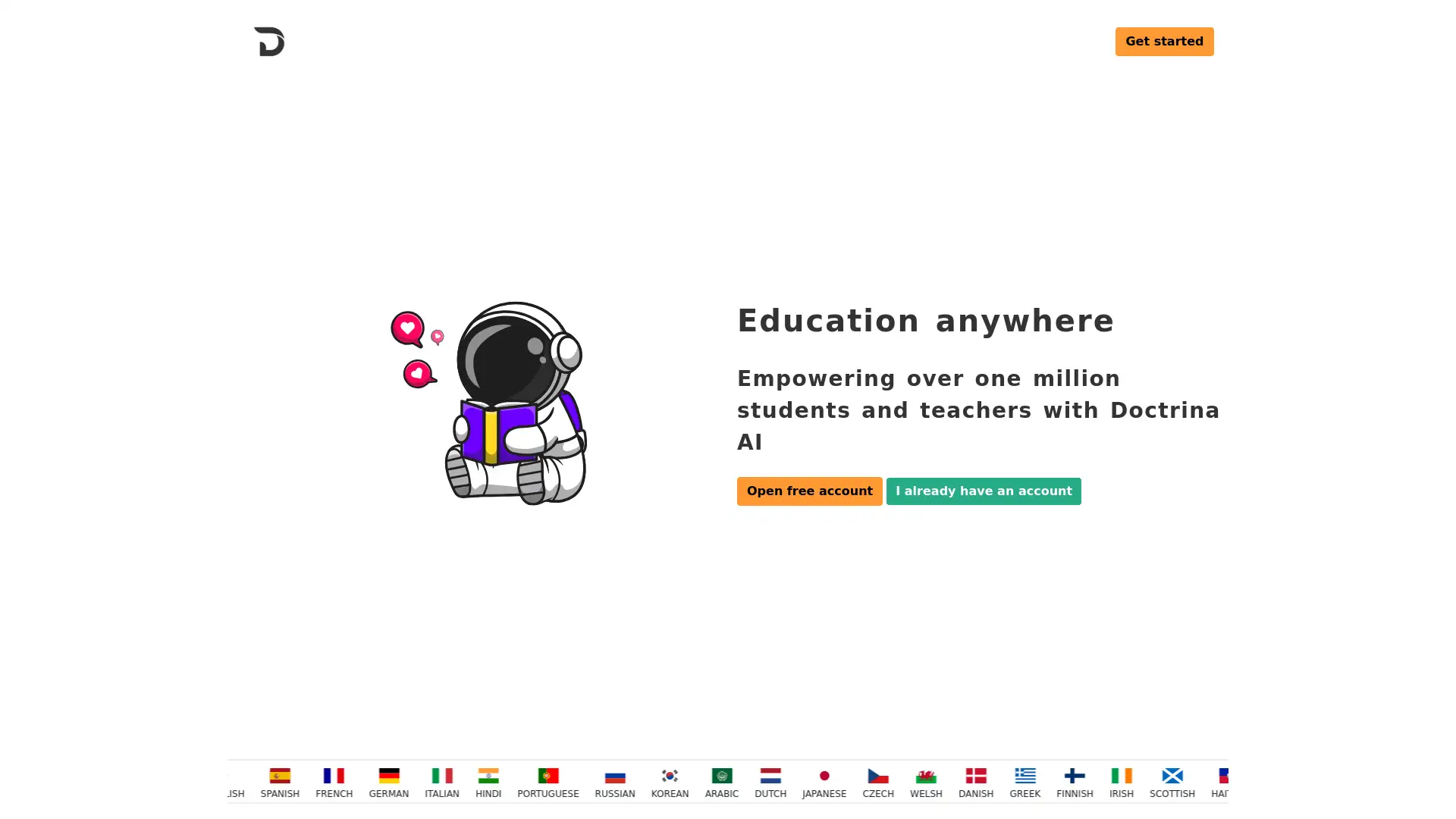Best 3 AI Tools for Geometry Tools in 2024
Geogebra, Doctrina AI, Symbolab are among the best paid and free Geometry Tools tools available.
Understanding AI Tools for Geometry
AI tools labeled as Geometry Tools are specialized applications designed to aid in solving, learning, and teaching geometry-related problems. They leverage artificial intelligence to provide interactive and step-by-step solutions, making them useful in both educational and professional settings. These tools are highly relevant for anyone dealing with geometric calculations, shapes, or mathematical reasoning, offering tailored support for complex tasks through intelligent systems.
Key Features of AI Geometry Tools
AI Geometry Tools offer a range of features, from basic problem-solving to advanced mathematical modeling. They provide step-by-step solutions, personalized learning experiences, and support for all levels of geometry. These tools can generate interactive diagrams, offer visual aids, and adapt to individual learning styles. Features like AI-powered image recognition, automated proof generation, and integration with educational platforms make them stand out. They can also support real-time collaboration, making them versatile in both classroom and professional environments.
Who Can Benefit from AI Geometry Tools?
These tools cater to a broad audience, including students, educators, and professionals. Novices can easily access intuitive interfaces, while advanced users like developers and researchers can leverage the tools’ customizable functions. Whether you’re a high school student struggling with geometry or a professional needing precise geometric calculations, these AI tools are adaptable for users of all skill levels.
Further Insights into AI Geometry Tools
AI Geometry Tools are tailored for a wide array of sectors, including education, engineering, and architecture. They offer user-friendly interfaces that allow for the visualization of complex problems and integration with existing workflows. These tools can also support multi-disciplinary applications, allowing users to collaborate and solve real-world problems involving geometry, such as designing structures or optimizing space.


